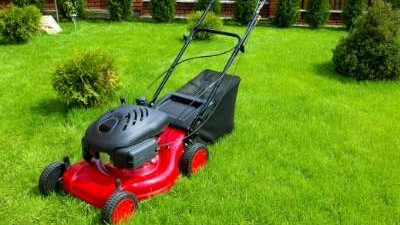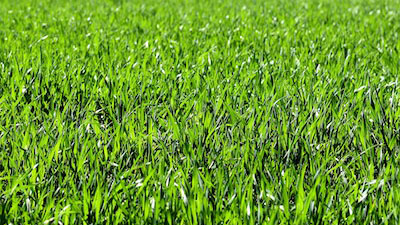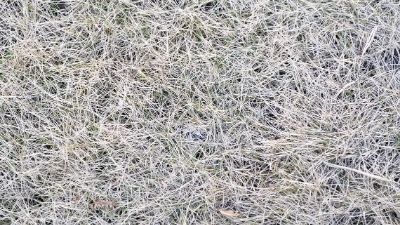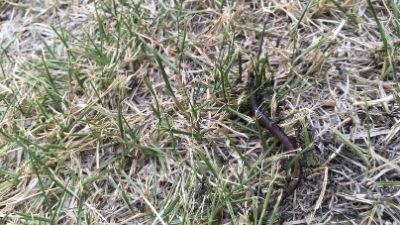How to Recognize Plant Heat Stress

Everyone deals with heat differently. Some people enjoy hot temperatures and spend many hours in the sun. Others avoid the heat by going from one air-conditioned building to the next. Still others escape to the mountains or lakes to find relief. Much like human beings, plants also have different ways of dealing with the heat, said Jerry Goodspeed, Utah State University Extension horticulturist.
“Most plants do not appreciate scorching hot summers,” he said. “Plants require water to stay cool. As water evaporates from the plant’s leaf, it goes from a liquid state into a vapor form. This requires energy, which is released as heat, thus drawing heat away from the plant in much the same way a swamp cooler makes a home more comfortable.” Plants, and especially trees, require great amounts of water to cool the entire leaf surface, said Goodspeed. The roots collect water from the soil and then move it throughout the entire system, from bottom to top. This is quite a feat, considering the height of some tall trees. When a plant lacks enough water to cool itself, or cannot move the water fast enough to cool its leaf surfaces, it starts taking drastic measures to survive, he said.
The first thing some plants do is reduce the amount of leaf area exposed to the heat and wind by rolling their leaves. Tomatoes and corn commonly roll their leaves when temperatures are hot. Other plants let their leaves wilt, but, as soon as the sun goes behind a cloud or sets in the evening, the leaves quickly recover. Many plants, especially trees, do not have the ability to resort to these methods, said Goodspeed.
They attempt to move the water to as much of the leaf as possible, and let the outer edge fend for itself. In most cases, these edges dry and eventually burn, resulting in what is known as summer scorch. “Summer scorch is common among trees with large leaves and is fairly easy to identify,” he said. “After examining the damaged leaves on a tree, it is most likely they have summer scorch if the outer margins of the leaves are affected first, and then the damage slowly works its way into the middle of the leaf.
The veins are usually affected last, since they transport the water to the rest of the leaf.” When the water supply is limited during extremely high temperatures, summer scorch is a typical response for broadleaf trees, but conifers also exhibit signs of it, too, said Goodspeed. Their needles may burn on the outer tips, but typically they sacrifice the older needles inside on the limbs in order to preserve the younger needles on the outside. Some conifers also wilt at their growing points, which are called candles. As the new growth emerges and begins to grow, a few needles on the tip help cool the new growth, he said. When temperatures are extreme as the candle is expanding, it may wilt and even die.
This is typically an isolated event and does not affect the overall health of the tree. “Many annuals react to the heat by producing fewer flowers,” Goodspeed concluded. “They are simply responding to the heat in their own way, just like we do.”
Authors
Julene Reese
Related Research








